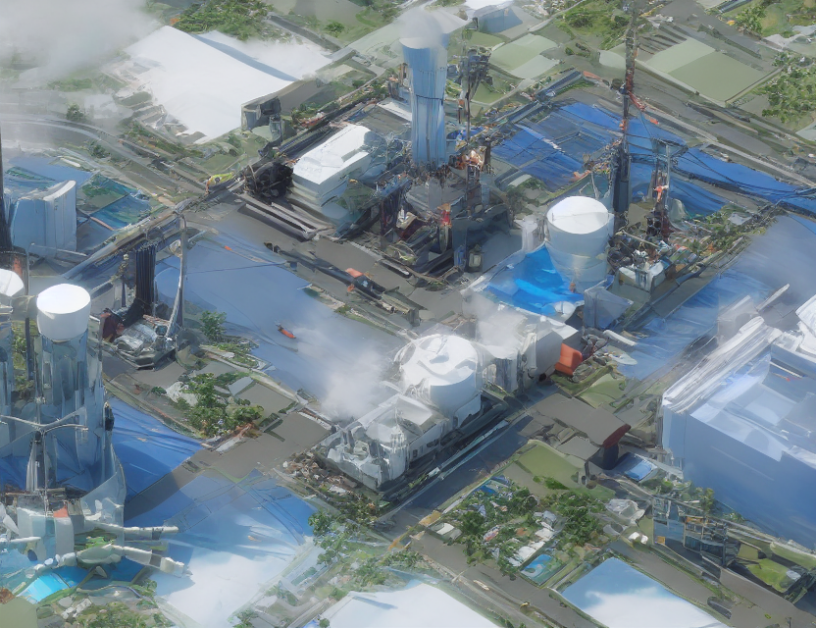In this article, we explore the potential of using GPU acceleration in ISR (Interferometric Synthetic Aperture Radar) applications. ISR is a powerful tool used to study our planet’s surface and subsurface, but it requires computationally expensive tasks that can take a long time to complete. By utilizing GPUs, we can significantly reduce the computational time and speed up these processes.
GPUs are specialized computer chips designed specifically for parallel computing, making them ideal for highly-parallelizable problems like ISR. They offer TFLOPS (Terafloating-point operations) of single-precision performance, which is orders of magnitude faster than serial CPU code. This makes GPUs an attractive solution for many computationally-heavy fields, including biological systems and seismic analysis.
While GPUs have been widely used in these fields, they are underutilized or underdocumented in ISR applications. The current literature only briefly discusses the use of GPUs in radar data processing, and there is a lack of research on their potential for other ISR applications.
To address this gap, we developed a GPU processing algorithm for ISR applications. Our algorithm takes advantage of the parallel computing capabilities of GPUs to speed up the computationally expensive tasks involved in ISR. We used NVIDIA GPUs, which are the most common choice for scientific GPGPU (General-Purpose Graphics Processing Unit) implementation.
Our algorithm consists of several steps, including data transfer, kernel execution, and result storage. To minimize data transfer time, we use thread blocks to break up large datasets into smaller chunks that can be processed simultaneously on the GPU. We also utilize the memory hierarchy of the GPU to optimize memory access patterns.
We visualized our algorithm using a space-time diagram of radar pulses, which provides a clear representation of the processing steps involved. This diagram helped us to understand the flow of data and tasks between different components of the system.
In summary, this article demonstrates the potential of GPU acceleration in ISR applications, including radar data processing. By leveraging the parallel computing capabilities of GPUs, we can significantly reduce computational time and speed up these processes. Further research is needed to fully explore the capabilities of GPUs in ISR and to develop efficient algorithms for specific applications.
Data Analysis, Statistics and Probability, Physics
GPU Acceleration of Radio Science Applications: A Performance Comparison



